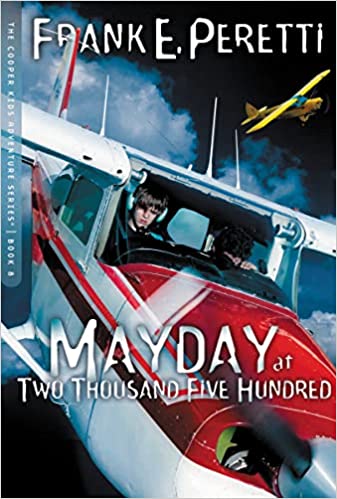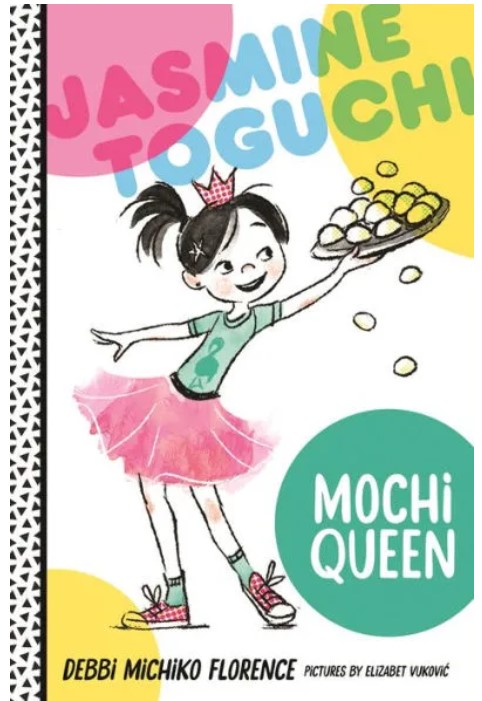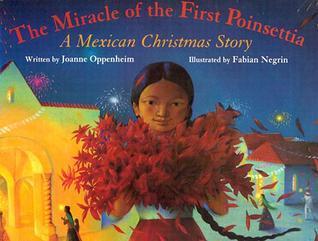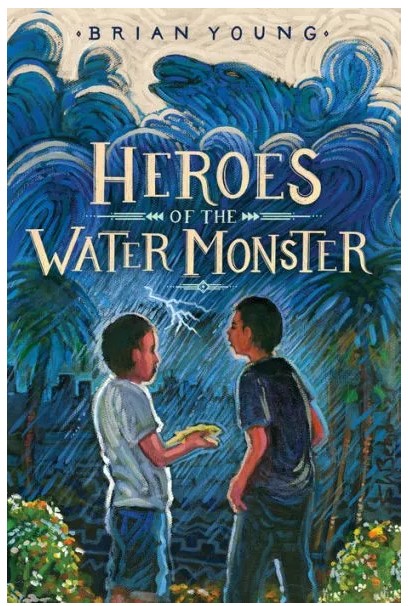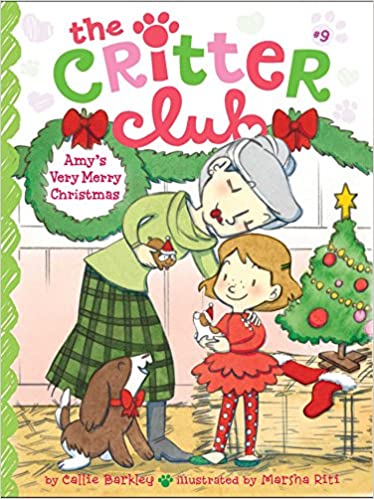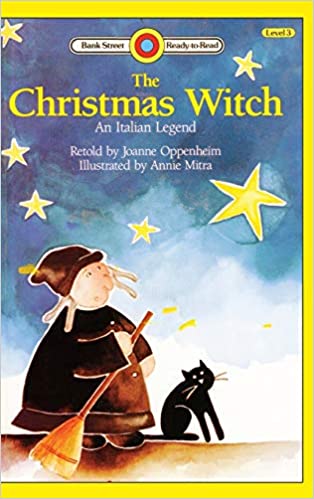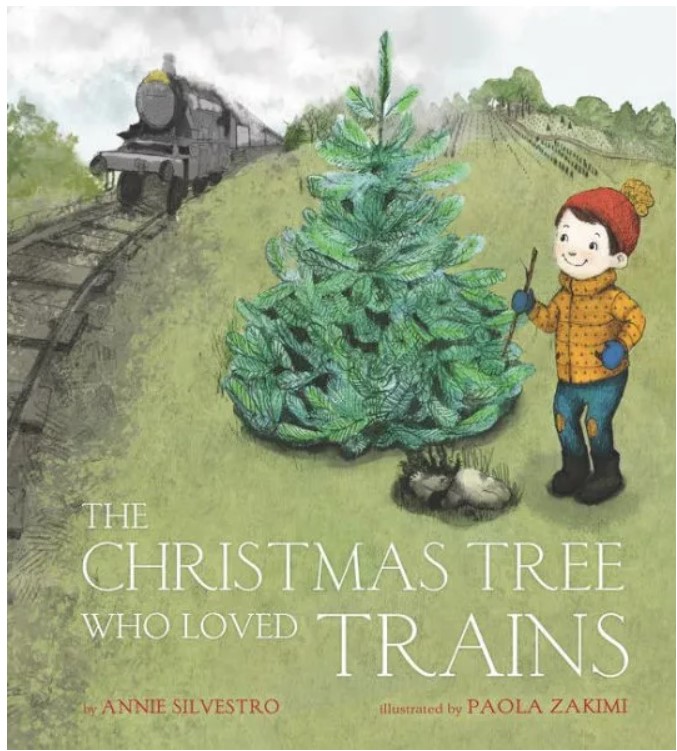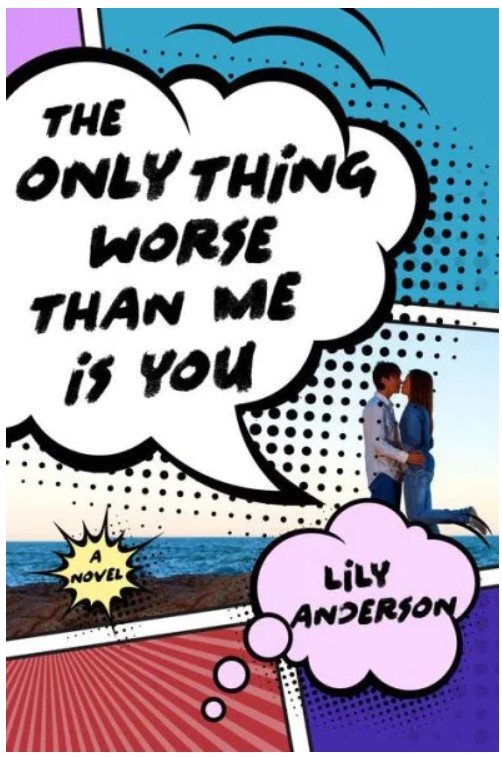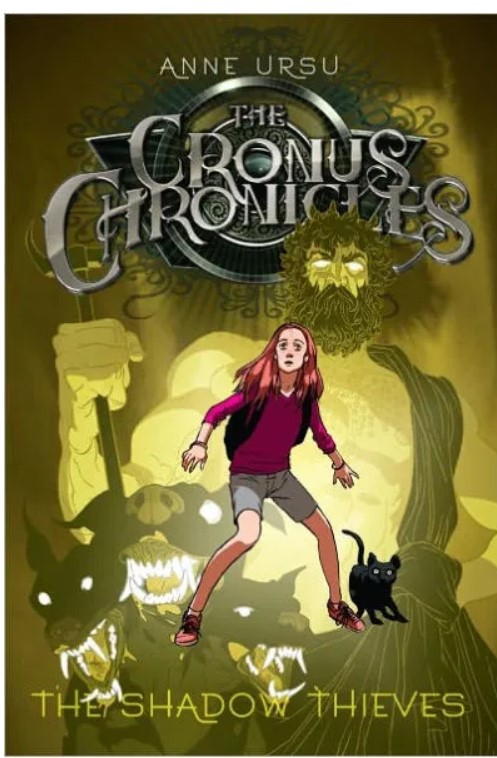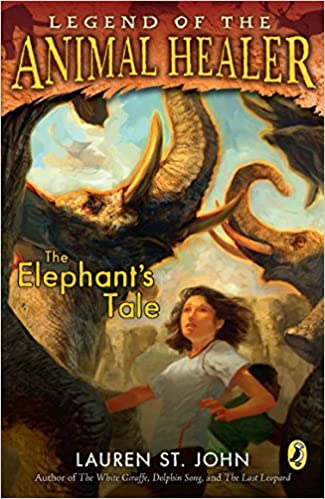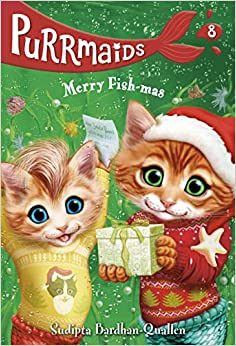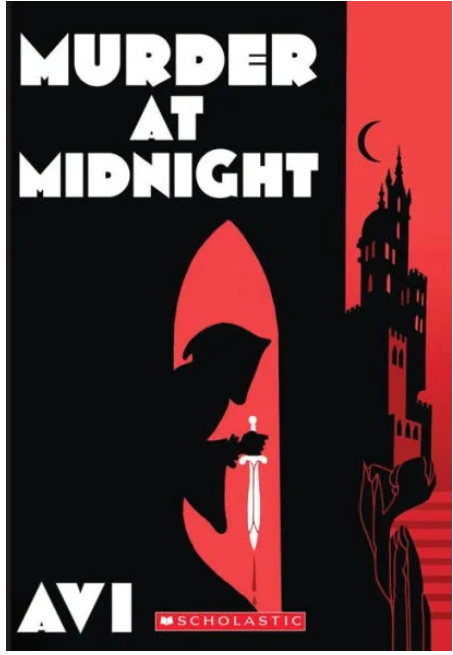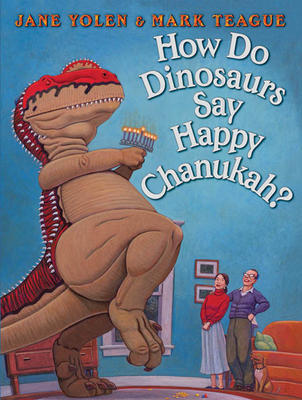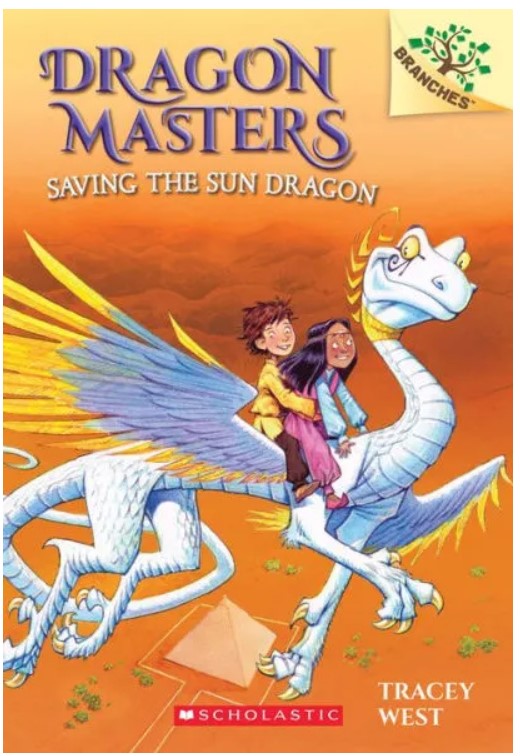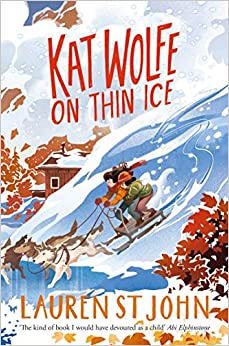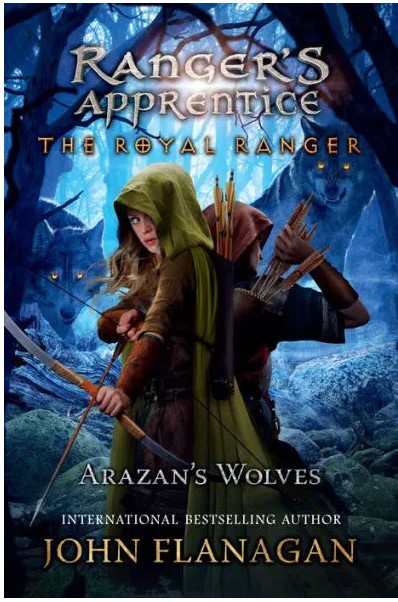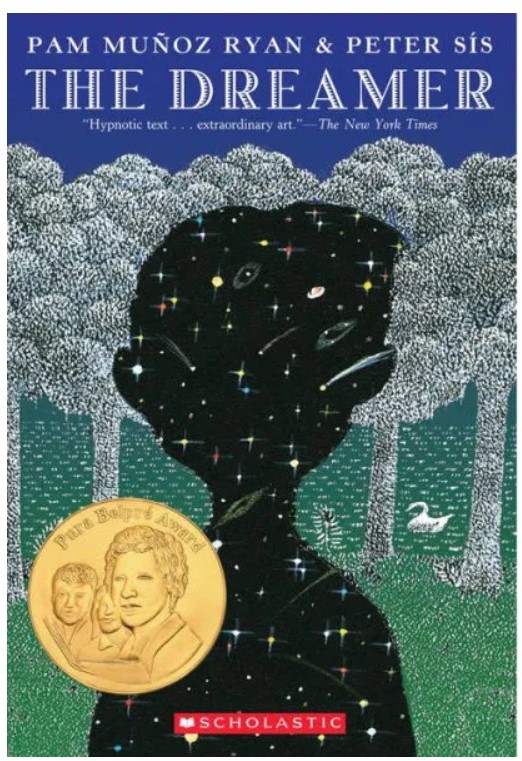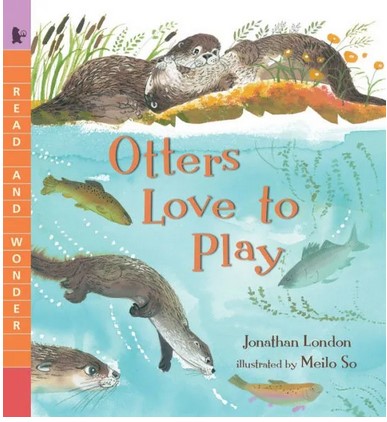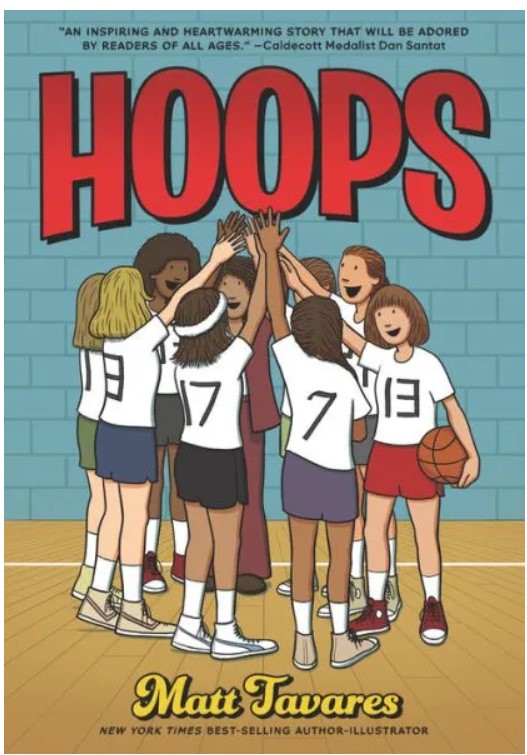Edward isn’t sure about this whole “step-brother” thing, especially now that his dad is moving in with his girlfriend and her preteen son, Nathan. Their new place in Arizona may be nice, but relocating is already hard enough due to their family’s Navajo—also known as Diné—heritage. According to the Diné, children lose communication with the Holy Beings once they hit puberty, and Nathan’s already started the process of becoming a man. For most people, this is part of growing older, but Nathan has become the guardian of a young water monster named Dew. Nathan’s ability to see her is fading, so he quickly has to entrust Dew’s care to Edward.
To make matters more complicated, Dew’s older sister, a powerful water monster named Yitoo, is coming to The Fourth World—Earth—to teach Dew the traditional songs of the water monsters. Having been away in the Third World for nearly 150 years, Yitoo’s return is ruined when she discovers that something is wrong in the Fourth World. The waters from her river are depleted and the environment is suffering. Alongside Dew, Edward, and Nathan, Yitoo travels the length of her river to find the source of the cutoff. To her dismay, the city of Pheonix, Arizona has redirected her river to service the population’s waterparks, golf courses, and sprinkler systems. This frivolous use of her precious resource prompts her to vow revenge on humankind.
Together, Dew, Edward, and Nathan team up to stop Yitoo from using her water monster power to unleash a massive hurricane on the Phoenix area. They meet other creatures and people from Diné creation stories who give them advice and special gear for their final confrontation. Eventually, the team of friends is able to stop Yitoo before she can punish humanity. As Nathan sees Dew, Yitoo, and the other Holy Beings for the last time before growing up, he and Edward promise to keep their Diné heritage alive and work towards a future where humans treat the natural world with respect.
Heroes of the Water Monster’s plot is a straightforward save-the-world type of story, but the traveling between different worlds and mythical creatures can be confusing at times. As for the narrators, the story switches between the perspectives of Nathan and Edward. Nathan’s point of view is more mature and forgiving towards others, while Edward is more impulsive and childish. Edward is also half Diné, half white, which creates interesting tension as he struggles with his mixed identity. The difference between the narrators gives a unique perspective on the events of the story, especially when Edward and Nathan disagree on whether or not to help Yitoo. Because Edward and Nathan are both likable and thoughtful narrators, the reader understands why each boy feels the way they do. Despite their different ages, both Edward and Nathan had valuable input and opinions on the story’s events.
Heroes of the Water Monster is an interesting tale filled with many cultural references. If readers have no prior experience with Navajo/Diné culture, this story may be a bit difficult to read. However, in order to understand the story, some readers may need to use the glossary provided at the end of the book.
The main theme of Heroes of the Water Monster is generational trauma, which is showcased through the water monster Yitoo. While Yitoo is the villain in the end of the story, she is also Edward and Nathan’s friend. She has lived for hundreds of years, which means that she lived through the forced relocation of the Diné. She exhibits the rage that displaced people experience when they are horribly mistreatment and the destruction of the sacred environment they once called home.
At first, Edward and Nathan don’t know if they have a right to stop Yitoo, but they realize that they have a shared history, and a shared future, too. While they may not be the legendary Twin Heroes who defeated fearsome creatures of legend in Diné stories, they do have the power to impact the world their descendants will inherit. A Holy Being advises Nathan and Edward that, “It stands to reason that a Modern Enemy would surrender to Modern Heroes.”
Thus, the modern heroes, Edward and Nathan, work to convince Yitoo and themselves that they can’t hold the current population responsible for what their ancestors did. A better future isn’t achieved through revenge, but by educating and making changes for the better. Edward, Nathan, Yitoo, and Dew all have to grapple with their identity and the painful past that comes with it. In order to heal, they have to accept the past as part of their identity and use their grief in constructive ways. Edward’s father says, “We Diné, like all Indigenous Nations, have a past filled with heartbreak and devastation. But we also have a brilliant, shining future.”
Sexual Content
- Janet, Nathan’s Mom, and Ted, Edward’s Dad, greet each other. “Janet . . . walked into [Ted’s] arms. They kissed.”
Violence
- Occasionally, the Diné’s forced relocation is discussed. These stories mention some of the abuse, murder, torture, and death of the Diné at the hands of the U.S. government. One story mentions two brothers whose parents were killed in front of them. “From the cornfield, the boys saw their dad arguing with a soldier. The other solider pointed their rifles at the mom and dad. . . [They] covered their eyes but still heard the loud shots.”
- After killing their parents, the soldiers kill all their livestock and force the boys to walk to Fort Defiance, Arizona where they are imprisoned. They were almost fed poison, but were saved by a handful of nurses who tossed their food on the ground. “[Those] who had eaten the rations became deathly ill. . . The sick were left to die. . . The rest were forced to march in many long lines eastward. . .”
- On the trail, there was more hardship and death. Those who fell behind were killed. Elderly, young kids, and even pregnant women. The Diné were also forced to swim across a river, and one of the brothers drowns. “The elderly and the young people around them struggled against the strong current. . . A sound more disturbing than the screaming of the drowning grew. It was silence. Many bodies sank beneath, did not rise again, and drifted downriver. Halfway across, the river took [the] younger brother.”
- Yitoo describes her perspective of the aforementioned story: the forced relocation of the Diné crossing her river. “One by one, the Diné walked down the hill and into the river. The elderly and youth struggled around the strong current. Blankets of water smothered them. I did my best to calm the waters. But I couldn’t sing. I was too shocked at everything around me. . . A curtain of bubbles arose from all the violent thrashing of the drowning. Their screams quieted. Their bodies became cold. When I’m alone, I still hear their screams. When I sleep, I dream of the faces of those who sank beneath the river and did not rise again.”
- When Nathan and Drew try to stop Yitto from attacking Phoenix, Yitoo attacks them with her water. “A rope of water wrapped around [Nathan’s] waist and Dew’s neck and pulled them into the crater. Warm water invaded every atom of Nathan’s being. . . He couldn’t stop the invisible force yanking his waist. . . Just then, Dew appeared in front of him. With a mighty jaw snap near his belly button, she severed the pull.”
- Edward, Nathan, and Dew are attacked by a Guardian when visiting a sacred mountain that takes the shape of a mountain lion. The Guardians are creatures meant to protect the mountains from intruders. “Edward yelled in horror as in seconds a mountain lion with velvet fur, the color of sunflower petals, had already snuck up on them. It leaped into the air and landed in front of them with an earthquaking thud. . . Its tree-thick tail slammed into Nathan’s chest, sending him flying yards away from them. The Guardian lifted a paw and slapped Dew across her jaw. Dew dizzily walked forward and then was pinned under the Guardian’s other paw. . . Then the most horrifying thing happened. The Guardian bit down into the back of Dew’s neck. Dew squealed a blood-curdling wail that made Edward nauseous. Dew’s body went completely silent and limp.” Dew survives.
- The final fight between Edward, Dew, Nathan, and Yitoo lasts nearly 30 pages. Much of the confrontation is conversation, but it does get violent when Yitoo fights back against Edward, Nathan, and Dew. Yitoo has impenetrable armor that protects her for the majority of the fight, but the armor is weakened when the boys use one of the Sacred Arrows against her, and it breaks open a spot in Yitoo’s armor that Edward stabs. “Edward jabbed the tip of the knife against Yitoo. Immediately, ribbons of lightning raced across Yitoo’s body. They covered her entire body from head to tail, shoulders to toes, and entered her throat as she howled in pain. Even if she wasn’t his favorite Holy Being, [Edward] hated hearing how much pain she was in. Still, he held the knife on to her. More and more bolts of lightning raced from the tip of the knife throughout her massive body. But finally, after a few seconds that felt like an hour of seeing Yitoo squirm and spasm, the lightning disappeared and her entire body fell against the ocean, creating one last final wave. . . Yitoo lay limp, and smoke emerged from her mouth.” This does not kill Yitoo, and she is exiled to the Fifth World.
Drugs and Alcohol
- Nathan’s Uncle Jet, who is briefly mentioned, deals with PTSD which led to his alcoholism and depression. He is not shown drinking during the story.
Language
- Yitoo calls the behavior of “The Pale People,” a term for white colonists, “damnable.”
Supernatural
- Water monsters are a type of Holy Being that play a large role in the story. They are creatures of legend that inhabit bodies of water. They have many powers, including controlling water, turning it to ice, using it to travel long distances and more. They use these powers frequently, which is done by singing.
- Yitoo and Dew are both water monsters. Water monsters look like lizards. Edward describes Dew as “a tiny Komodo dragon” with “diamond designs like a Diné rug” on her back and stomach. They can also speak.
- Nathan learns water monster songs, which gives him some control over water. Water monsters are also able to control their size by taking in or expelling water, such as when Yitoo grows herself into a massive size to create the hurricane.
- Yitoo can keep her water as jewelry and unleash it at will.
- Nathan has a ring made of turquoise that allows him to communicate with all beings. He uses it to speak to the water monsters. Later, Edward gets one too.
- Two Holy Beings called Jet Stone Boy and Jet Stone Girl meet Nathan. They have crystal-like skin and travel on a rainbow.
Spiritual Content
- There are countless references to Diné beliefs. The main ones include creation stories, Holy Beings, and the water monsters. The Diné language is also used frequently, which can be translated using a glossary in the back of the book.
- Some of the Holy Beings include Spider Woman, a legendary weaver, Father Sun, who created the universe, Mother Earth, Moon Lady, and Tall Woman.
- In addition to the Holy Beings, which are typically good or neutral beings, there are evil beings called Enemies who, in Diné legend, are defeated by the Twin Heroes, two Holy Being brothers who fought the Enemies. Edward gives examples of the Enemies: “Thunderbird, who could summon dangerous lightning storms; and Wild Boar, who could run at unheard-of speeds to hunt humans for hundreds of years.”
- One of the references in the story is to the Third World, Fourth World, Fifth World, and Celestial Realm. The Third World is a realm where Holy Beings, such as the water monsters, come from.
- Yitoo came from the Third World. She was the first water monster to come into the Fourth World, Earth. “Yitoo was the first one. She’s so powerful that she bit into the ocean of the Third World and brought that water [to the Fourth World].” The Fifth world is a mystical land beyond these worlds that Yitoo travels to when she is exiled.
- Diné Bikéyah is the term for the holy land of the Diné, located between the Four Sacred Mountains.
- Three times in the story, sweetgrass is discussed. The burning of sweetgrass is a native ritual practice used to purify the spirit. “Nathan asked Yitoo for some of her energizing sweetgrass. She happily provided some from her medicine bag. . . Nathan lit the tips of the sweetgrass and then immediately blew them out. A thin trail of smoke wafted in the air. Both Nathan and Edward inhaled. The delicious smoke flowed into their nostrils. . . The dark shadows underneath Edward’s eyelids disappear[ed] and his posture straighten[ed]”
- Edward and Nathan climb one of the sacred mountains, Tsoodził. After sprinkling corn pollen on the ground as a sign of respect, Edward says, “Ted had said that only medicine folk were allowed to set foot on the mountains to gather sacred medicine and sands. The medicine folk had to sing ceremonial songs the entire time they were on the mountain to protect themselves and as a gesture of respect.” Each of the scared mountains are protected by a Guardian, a powerful creature meant to kill intruders.
- Edward and Nathan obtain two objects when visiting the Celestial Realm, the Obsidian Armor and Sacred Arrows. The arrows can create various magical effects, such as a bright light or a rainbow, and the Obsidian Armor will protect the wearer against Holy Beings and fit them perfectly.
